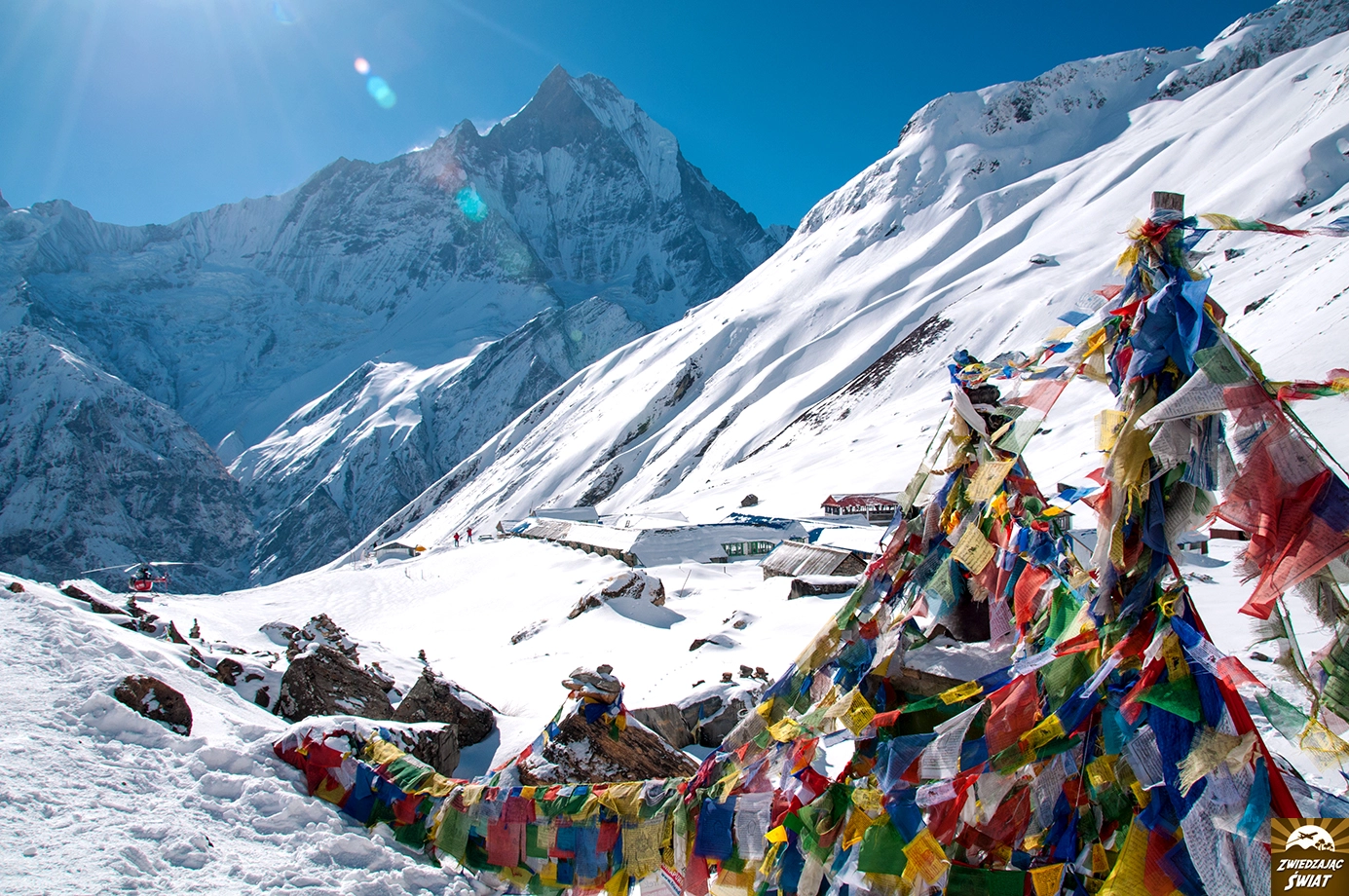How Difficult is Annapurna Base Camp Trek?

The Annapurna Base Camp trek is a great way to explore the beautiful Himalayas. But it can be a difficult trek for those who are not physically fit.
The trek involves climbing and descending stairs, so it is best to be physically prepared. Besides, you should also take a few days to acclimatize before beginning the trek.
Physical Fitness
The Annapurna Base Camp Trek is a moderately hard to challenging trek that requires you to be in good physical condition. It involves walking for several hours every day, often on steep and uneven terrain, and reaching a high altitude of 4,130 meters above sea level.
In order to prepare for the trek, you should incorporate cardio and strength training into your training schedule. This will help you build up your endurance and stamina so that you can complete the hike safely.
You should also practice stretching to improve your flexibility, which will help you reduce muscle strain on your back and prevent injury during the hike.
If you’re not already in shape, it is recommended to start small and take it one step at a time. You’ll want to build up your endurance to at least be able to walk 15km/ 8 miles per day during your training, which will give you a good base of fitness and help you feel comfortable during your trek.
Altitude Sickness
Altitude sickness is a very common problem during high altitude trekking in the Himalaya. It is caused by the air that we breathe getting thinner as we ascend higher altitudes.
It is very important to acclimatize properly before you trek. This can be done by staying at a lower elevation for a day or two and eating well.
You should also drink plenty of water and avoid alcohol while acclimatizing. You can also take a preventative medication (Acetazolamide, commonly known as Diamox) 24 hours before arriving at high altitude.
Usually, altitude sickness symptoms appear 6 -12 hours after you arrive at a new height on your trek route. You may feel a mild headache and then you will feel panic, nausea, and lack of appetite.
This condition can lead to serious problems like pulmonary edema, which can be fatal. If you are experiencing any of these symptoms, it is important to descend immediately and seek medical help.
Weather
The weather in Nepal can be very cold, so it is important to pack proper winter gear. You will need a warm sleeping bag, windproof jacket, gloves and trousers, hat or cap among other things.
The Annapurna Base Camp trek as well as Ghorepani Poon Hill Trek in February is an opportunity to see snowy mountains and stunning scenery. It’s also a great time to escape the hectic world and relax with nature.
However, a winter trek to the ABC region is not for everyone as it can be extremely cold. To be safe, you should choose an early trek to avoid risky avalanches and trail blockages.
March, April and May are the best months to trek in Annapurna Base Camp. The spring season is a great time to see various flowers bloom and bird species chirp. The mountains are in their prime and rhododendrons and other beautiful flowers can be found along the way.
Time of Year
The best time to trek Annapurna Base Camp is autumn (September, October, November) or spring (March, April). These seasons offer moderate weather conditions, low precipitation, and ideal trekking conditions.
The rhododendron flowers bloom during this season giving grand spectacles of pink, red and white colors. Additionally, it’s a perfect time to catch a glimpse of Mt. Dhaulagiri and the surrounding mountains with a clear sky.
As Annapurna Base Camp Trek is a popular trek, it attracts many trekkers from around the world. This means that the trails can get crowded.
However, this is also a good time to experience solitary trekking or keep the trails to yourself. This is ideal for people who love a quiet and peaceful environment.